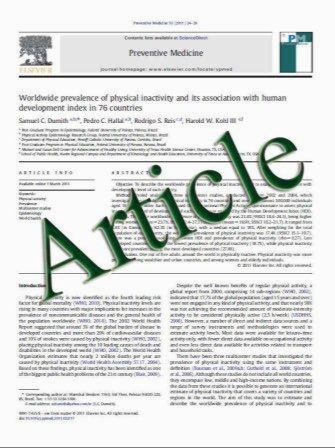Serum chemokine and cytokine levels as indicators of disease activity in patients with systemic sclerosis
- نوع فایل : کتاب
- زبان : انگلیسی
- مؤلف : Minoru Hasegawa & Manabu Fujimoto & Takashi Matsushita & Yasuhito Hamaguchi & Kazuhiko Takehara & Shinichi Sato
- چاپ و سال / کشور: 2011
Description
To determine the clinical utility of serum levels of chemokines and cytokines for the evaluation of disease activity in patients with systemic sclerosis (SSc), concentrations of four chemokines (interferon م-inducible protein- 10 [IP-10, CXCL10], monokine induced by interferon م [MIG/CXCL9], monocyte chemoattractant protein-1 [MCP- 1/CCL2], interleukin 8 [IL-8/CXCL8]) and six cytokines (IL-2, IL-4, IL-6, IL-10, tumor necrosis factor [TNF]-ل, interferon [IFN]- م) were measured using cytometric beads array kits in serum samples from 31 Japanese patients with SSc and 20 normal controls. Clinical and laboratory data and serum chemokine and cytokine levels were assessed for each patient at their first visit and each subsequent year for 3 years. Among these chemokines and cytokines, serum levels of IP-10, MIG and MCP-1 were significantly elevated in SSc patients compared with normal controls at their first visit. Serum MCP-1 levels declined year and year, along with improvement for skin sclerosis. The variations of MCP-1, but not IP-10 and MIG, were significantly associated with the variations of skin thickness score and vital capacity during 3 years. These results suggest that MCP-1 is a serological indicator of the activity of skin and lung involvement in patients with SSc. However, a longerterm prospective study in a larger population will be needed to confirm its clinical utility as predictors of outcomes
Clin Rheumatol (2011) 30:231–237 Received: 2 April 2010 / Revised: 20 September 2010 / Accepted: 19 October 2010 / Published online: 4 November 2010


